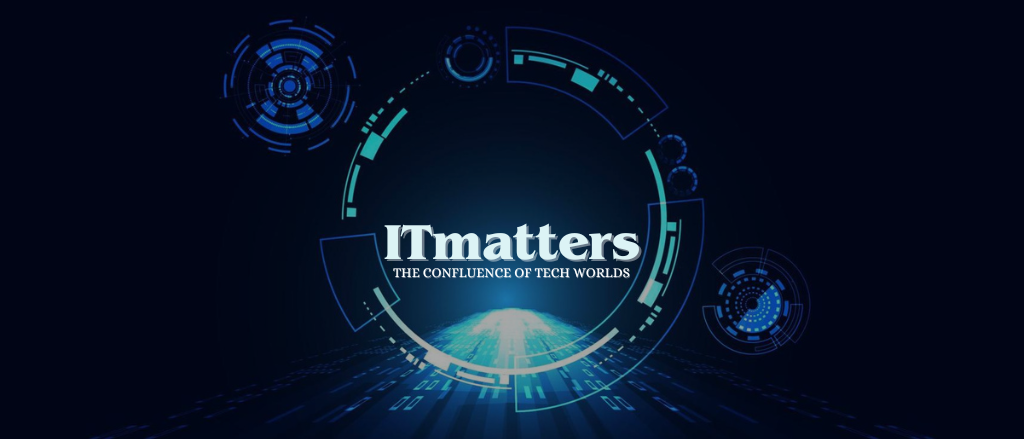In a dazzling fusion of tradition and technology, China’s 2025 Spring Festival Gala left audiences in awe as 16 humanoid robots from Unitree Robotics took center stage. Dressed in vibrant floral jackets, these robots performed the traditional Yangge dance, seamlessly twirling handkerchiefs and moving in sync with human dancers. The performance, directed by acclaimed filmmaker Zhang Yimou, highlighted China’s advancements in robotics and AI.
The event quickly became a viral sensation, with social media buzzing over the uncanny lifelike movements of the Unitree H1 robots. “China’s humanoid robots danced like spring chickens at the Spring Festival Gala, while Tesla’s Optimus still walks like an elderly person post-hip surgery,” one user quipped on X (formerly Twitter). Another Reddit user praised the event, saying, “Honestly, the full thing is actually quite impressive.”
The news comes just a few days after Chinese Gen AI platform DeepSeek took the world by a storm. Is this another tech showdown between China and the US?
The spectacular performance reignited debates over which humanoid robot is superior—Unitree H1 or Tesla’s Optimus.
Unitree H1 vs. Tesla Optimus: A Battle of Humanoids
So how do these two robots stack up against each other?
Design & Agility
- Unitree H1 stands at 1,805 mm (71 inches) and weighs 47 kg (104 pounds). It is known for its sleek, agile design and ability to execute dynamic movements, as showcased in the Spring Festival performance.
- Tesla Optimus, on the other hand, has a more utilitarian build, focusing on functional tasks rather than agility. While it has been demonstrated performing simple tasks like picking up trays, its movements remain slower and more deliberate.
Performance & Capabilities
- The Unitree H1 holds the Guinness World Record for humanoid robot speed, reaching 3.3 meters per second (11.9 km/h). It incorporates Intel RealSense technology for advanced environmental mapping and navigation.
- Tesla’s Optimus, though designed with a focus on practical applications, has yet to display the same level of agility. It is primarily geared towards automation in manufacturing and domestic assistance rather than dynamic performances.
Pricing & Availability
- The Unitree H1 is available at $90,000, making it a premium choice for research and development applications.
- Tesla Optimus is expected to be much more affordable, with a projected price range of $20,000 to $25,000, though its commercial release remains uncertain.
The Potential of Humanoid Robots
The humanoid robotics industry is projected to reach $17.3 billion by 2027, driven by advancements in AI, machine learning, and automation. Humanoid robots are increasingly being used in sectors such as healthcare, logistics, customer service, and entertainment. With major companies like Tesla, Boston Dynamics, and Unitree investing in this technology, the future could see robots performing tasks from elderly care to disaster response and space exploration.
A report from MarketsandMarkets suggests that humanoid robots will play a crucial role in industries facing labor shortages, with automation potentially filling millions of jobs worldwide. While skepticism remains, the rapid development of AI-driven robotics suggests that humanoid robots will soon be an integral part of daily life.
The Future of Humanoid Robotics
While Unitree’s H1 wowed audiences with its nimbleness and artistry, Tesla’s Optimus remains a strong contender in the field of practical humanoid robotics. Optimus is designed with a focus on real-world applications in factories and households, whereas Unitree is pushing the boundaries of movement and interactive capabilities.
Regardless of who takes the lead in humanoid robotics, one thing is clear: China is setting a new benchmarks in technology.






